
Chai as it Might, Coffee Can’t Topple Tea in India
By Cindy-Lou Dale
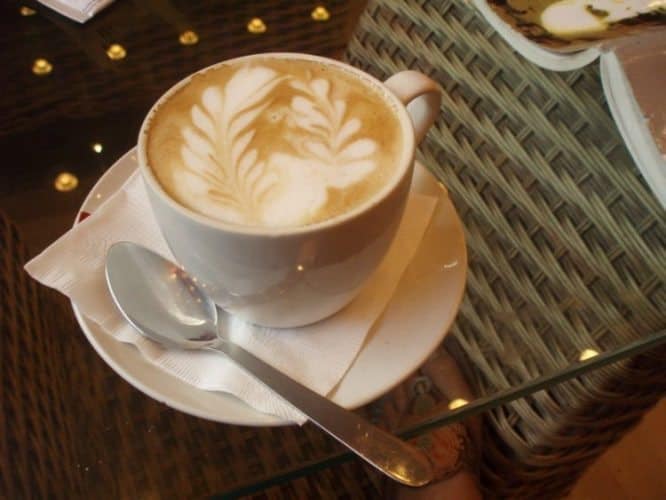
For centuries India has been considered a nation of tea drinkers, but in the past decade, coffee consumption has been on the rise. Is the chai losing out to the latte?
At a small stand in the busy central business district of Mumbai, a tea vendor warms his milk. His focus is on a stainless steel container bubbling and rattling on a gas stove.
He adds tea leaves, a few spices, crushed ginger, and water. He’s been making and selling chai tea – India’s national drink – for decades and has occupied the same spot for more than a decade. But recently there’s been a new addition to the street.
Directly opposite his stand is a branch of India’s largest coffee chain, Cafe Coffee Day. The first CCD opened in 1996, marking the beginning of a change in Indian tastes and habits. CCD has more than 1,200 stores across India and opens a new branch almost every week.
The coffee shop revolution has been joined by other industry giants opening new stores across the country in a joint venture with Indian firm Tata Global Beverages – like Barista Lavazza, Costa Coffee and more recently, Starbucks.
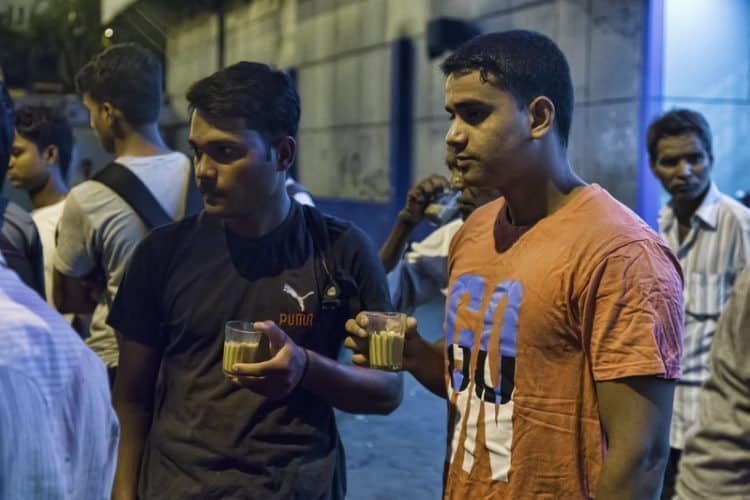
The Humble Chai Wallah
The humble chai-wallah is part of the country’s glue and fiber. But in recent years’ makeshift roadside stalls have been facing competition from Western-style coffee chains, especially amongst its younger consumers.
Like their Western counterparts, India’s coffee shops serve a range of coffees – from mochas to lattes, iced coffees to espressos.
The coffee culture has changed the way young Indians socialize; the appeal is greater than the beverages being served as in a country with a limited bar culture (and where drinking alcohol is frowned upon in many circles), it has provided an acceptable and safe outlet for people, particularly young Indians, to share a drink.
With more than half of the country’s population being under the age of 25 and a rising middle-class who are well aware of Western trends, there’s little wonder Indian coffee consumption has doubled since the first cafes opened some 20 years ago.
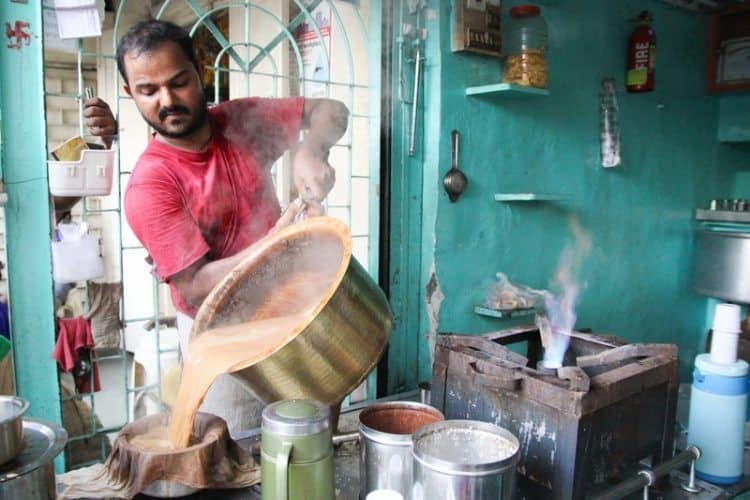
Even before the coffee chain uprising, coffee had a strong presence in south India’s homes where families drink more coffee than tea. Typical South Indian coffee (kaapi) is made with boiled milk and plenty of sugar and is served in stainless steel tumblers.
Taste for Coffee
Some may have a taste for coffee but few are prepared to pay coffee shop prices. The price of tea or coffee from a roadside stall is usually in the order of Rs6 (around nine US cents), compared with Rs120 (US$1.80) for a cappuccino or equivalent. This price barrier makes the coffee shop culture an exclusive domain for India’s upper-middle class.
In south Mumbai’s Cuffe Parade, below the Marker Towers, I asked chai vendor Nelish Katara how his business is affected by the large international coffee chains surrounding his Chai stand. Through an interpreter, he explains: “It’s no competition really,” he says. “I charge Rs6 (9 cents) for a chai and for a coffee its Rs15 (22 cents).”
He thrust his chin in the direction of Starbucks. “And they charge Rs120 (US$1.80) for a coffee that isn’t even coffee and don’t even ask me about their idea of what passes for tea. I do deliveries to offices too. When the boss sends for me I take my chai into the boardrooms because they can’t get any better.”

Another vendor says he draws and keeps his customers by offering a shaving service. He points at two rickety barber chairs sat upright on the sidewalk beside his chai stand and explains this is where two young men perform a morning shaving service to businessmen, whilst they sip their piping hot chai.
The uptick in Coffee Drinkers
Says Vikas Kumar, executive chef, Flurys Tea Room: “Per capita, Indians consume near 200 percent less coffee than Italy yet, with the increase in disposable incomes and the introduction of prosperous urban centers, there is a definite uptrend in coffee consumption.
But I’m certain India’s tea rooms, with their exclusivity, glamour and old-world charm, coupled with the increasing awareness on tea’s health benefits, will continue to be relevant and will strengthen their position. There’s no other beverage like it. Not even coffee.”
Seeking a really good caffeinated beverage, I found exactly what I was looking for inside a Renaissance-style building – an independent coffee house contained in a grand and worn-out time-capsule – Britannia and Co.
It is a faded Parsi eating and drinking establishment where life-sized cut-outs of the Duke and Duchess of Cambridge beam down at me from a slightly askew balcony; a pigeon dozes on the dusty chandelier beneath peeling green walls, four ceiling fans whir above crowded, chattering tables and, following a lunch of caramel custard, I’m served the best cup of coffee I’ve yet had in Mumbai – strong, milky and sweet.
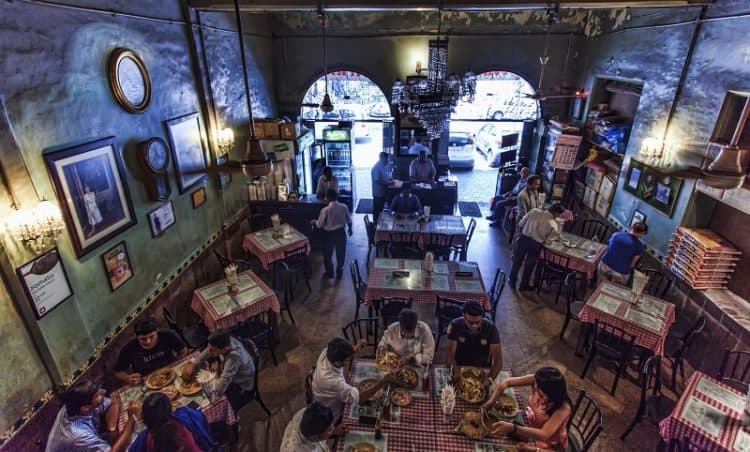
Traditional Day’s Start
The waiter tells that long before swish coffee shops came into existence, locals met at Parsi cafes like Britannia. It was the traditional start to the day – they’d come in early and dip their fresh buns into their hot chai or coffee and catch up on gossip.
I asked after the origins of the coffee. He wasn’t sure and sauntered off to a bespectacled owner sitting in a plastic chair just inside the entrance. A long animated discussion ensued. Eventually, the waiter returned saying that the coffee was from southern India – Madras filter coffee.
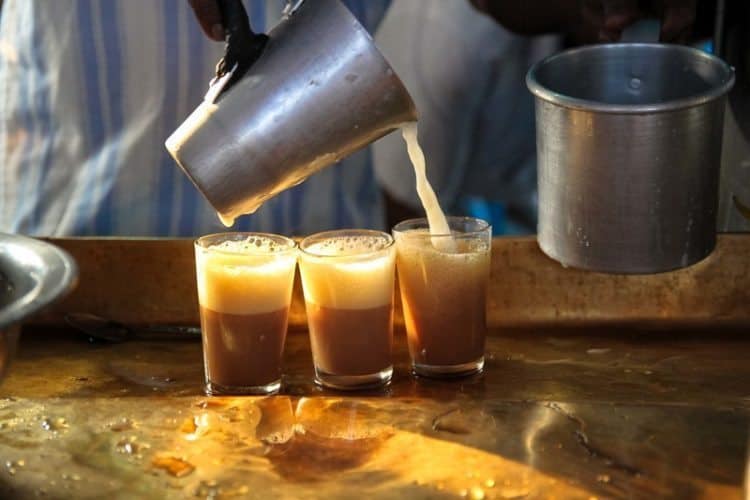
The old man, with his coke-bottle spectacles, shuffled across. Stick thin and clad in a white linen shirt, a white sarong, and disintegrating sandals, he sat himself down across from me and told me the story of southern India’s coffee.
Contempt for Instant Coffee
It turns out that most Tamils have a subtle contempt for instant coffee and have taken it upon themselves to make the best filter coffee in India.
The Madras filter coffee served to me is made exactly to their recipe – twenty percent chicory and eighty percent dark roasted coffee (usually Peaberry beans, failing which Arabica or Robusta will do).

It’s a bit of a ritual as the coffee beans need to be roasted and ground; then the coffee powder is tied up into a muslin cloth together with a few cinnamon sticks, cardamom pods and cumin seeds then left in boiling water to steep for fifteen minutes; hot milk and sugar is added to taste.
Finally, the drink is quickly poured from one vessel to another, back and forth, until the coffee is frothed. It’s then served with a star anise floating on top.
Some say coffee is fast becoming India’s favored drink amongst the younger generation and affluent urban professionals.
It’s definitely been successfully marketed, mostly by Café Coffee Day, within India’s major cities as something modern and hip. Which has me wondering… have they tasted their homegrown Masala filter coffee?
The best time to go
Visit after the monsoon (June to September) and before the seething summer – in other words, between October and March. Be prepared for some coastal humidity all year round. In January/February, the city buzzes with festivals and fairs.

- It’s Carnival Time in Offida, Italy - January 16, 2024
- Supercar Drive: The Bad A$$ Raging Bull - December 21, 2023
- Under the Tuscan Sun on a Farm in Chianti - November 30, 2023


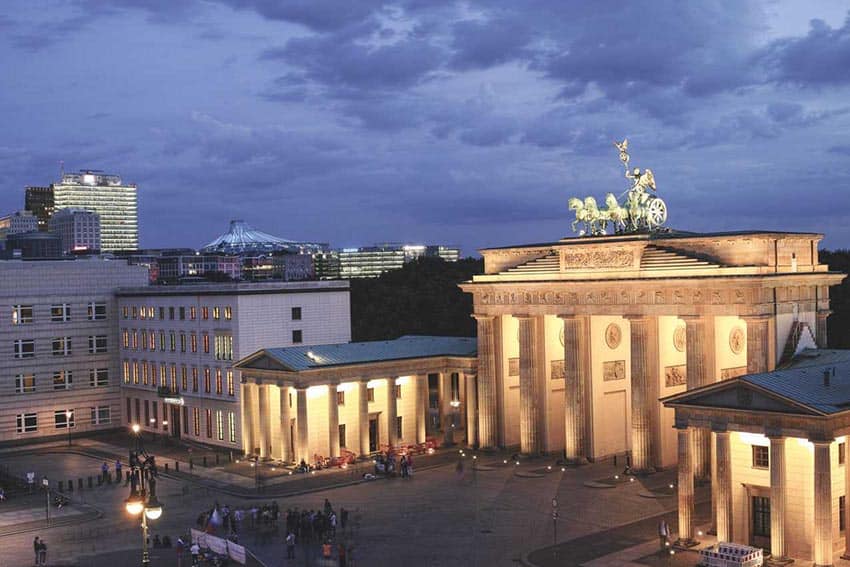

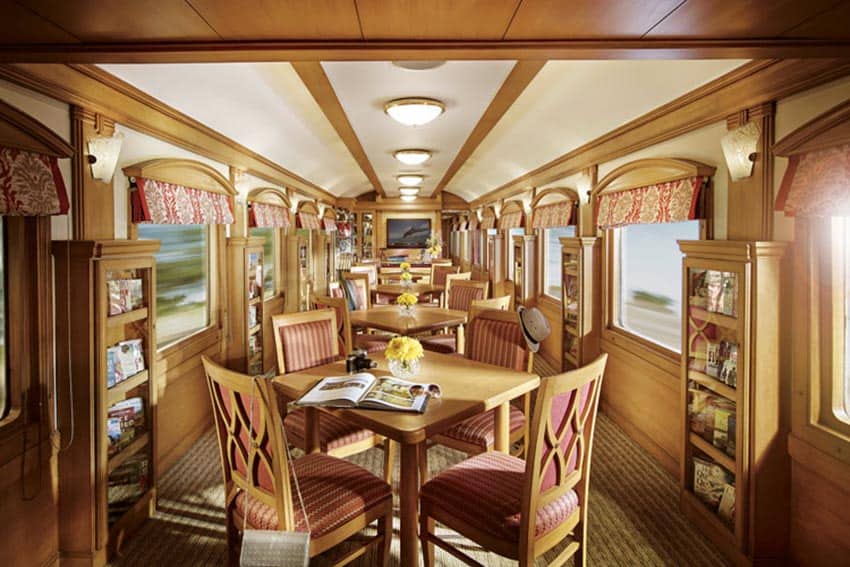

In India, without Tea there is no morning, We can drink Tea anytime 🙂